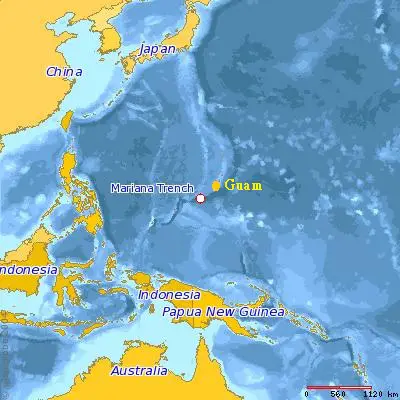“We believe that the industry’s supply-demand balance will benefit from a reduced appetite for Ultra Large Container Vessels (ULCVs) among the major carriers, some of which now have their eyes fixed on a bigger prize of becoming global logistics integrators. Aside from feeder ship replenishment, there has been no reaction from other lines to HMM’s mega-ship order and as such we have greatly reduced our projected new orders for 2020 onwards,” said Simon Heaney, senior manager, container research at Drewry and editor of the Container Forecaster.
“This subsequently feeds into a much brighter supply-demand index forecast for carriers through 2022, although the index is still expected to remain below the important 100 markers, indicative of a tighter but still over-supplied market. Ultimately, we believe that these adjustments on the supply side will be sufficient to cushion the blow from slowing demand growth and will contribute to better freight rates and profits,” said Heaney.
Weaker global macro-economic drivers contributed to a downgrade to Drewry’s port throughput forecast for 2019 to approximately 4%, but that softening trend should be mitigated by changes made on the supply side to better balance the market. Adjustments to the containership order book since the last Container Forecaster reveal that deliveries have been spread more widely than before with more original 2018-19 newbuilds being pushed out to 2020. Combined with an expected increase in demolitions the net addition to the fleet is expected to be only half that of 2018, leading to a fleet growth rate of just 2.5%.
Additionally, supply-side moves associated with the IMO’s upcoming 2020 low-sulfur fuel regulation have the potential to curb capacity, at least on a temporary basis. A growing tendency towards retro-fitting scrubbers could see a number of ships taken out of service for a number of weeks at a time, while more generally Drewry expects ship-owners to idle and eventually scrap more older and uneconomic ships before the 1 January deadline. Wider use of slow steaming will also help to absorb new capacity and reduce the often negative influence of the cascade on the supply-demand balance.
“Last year was one of the most unpredictable the container shipping industry has faced, and this year is likely to be similarly volatile with question marks still hanging over the US-China trade war and new fuel regulations. However, despite being dogged by uncertainty, Drewry is predicting another solid year for the market,” said Heaney.
Press Releases: drewry.co.uk
Photo Courtesy: eagle.org
The post Drewry: Battle For Supply Chain To Aide Container Supply-Demand Balance appeared first on Maritime Manual.
from WordPress http://bit.ly/2FyZkhr

No comments:
Post a Comment